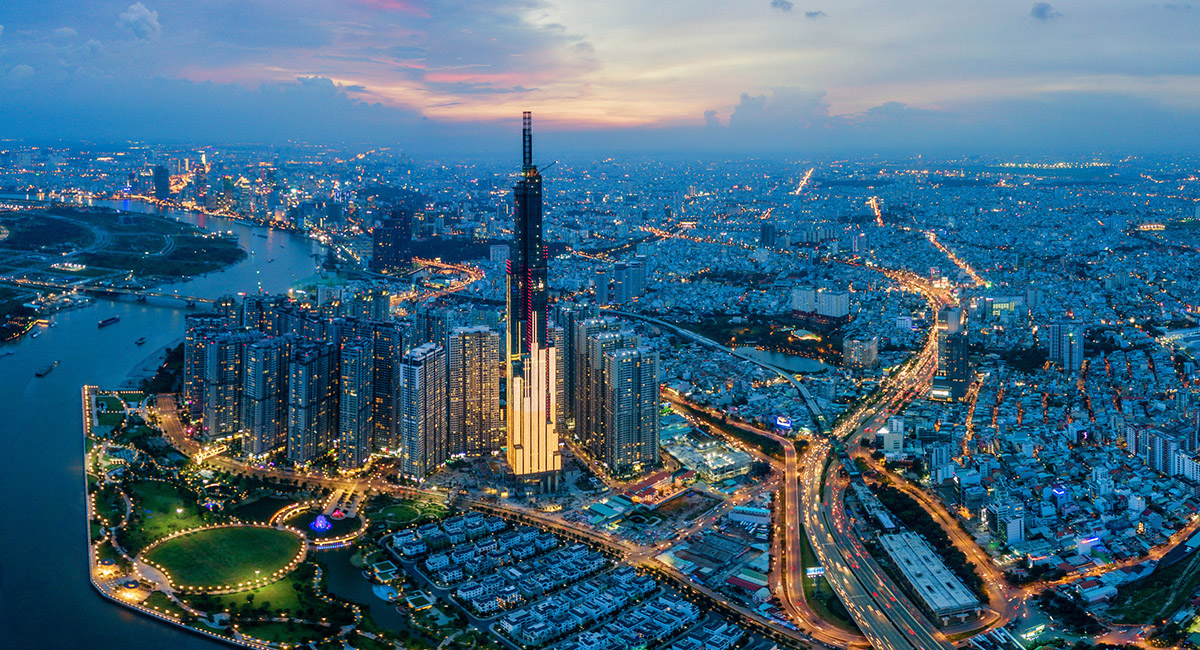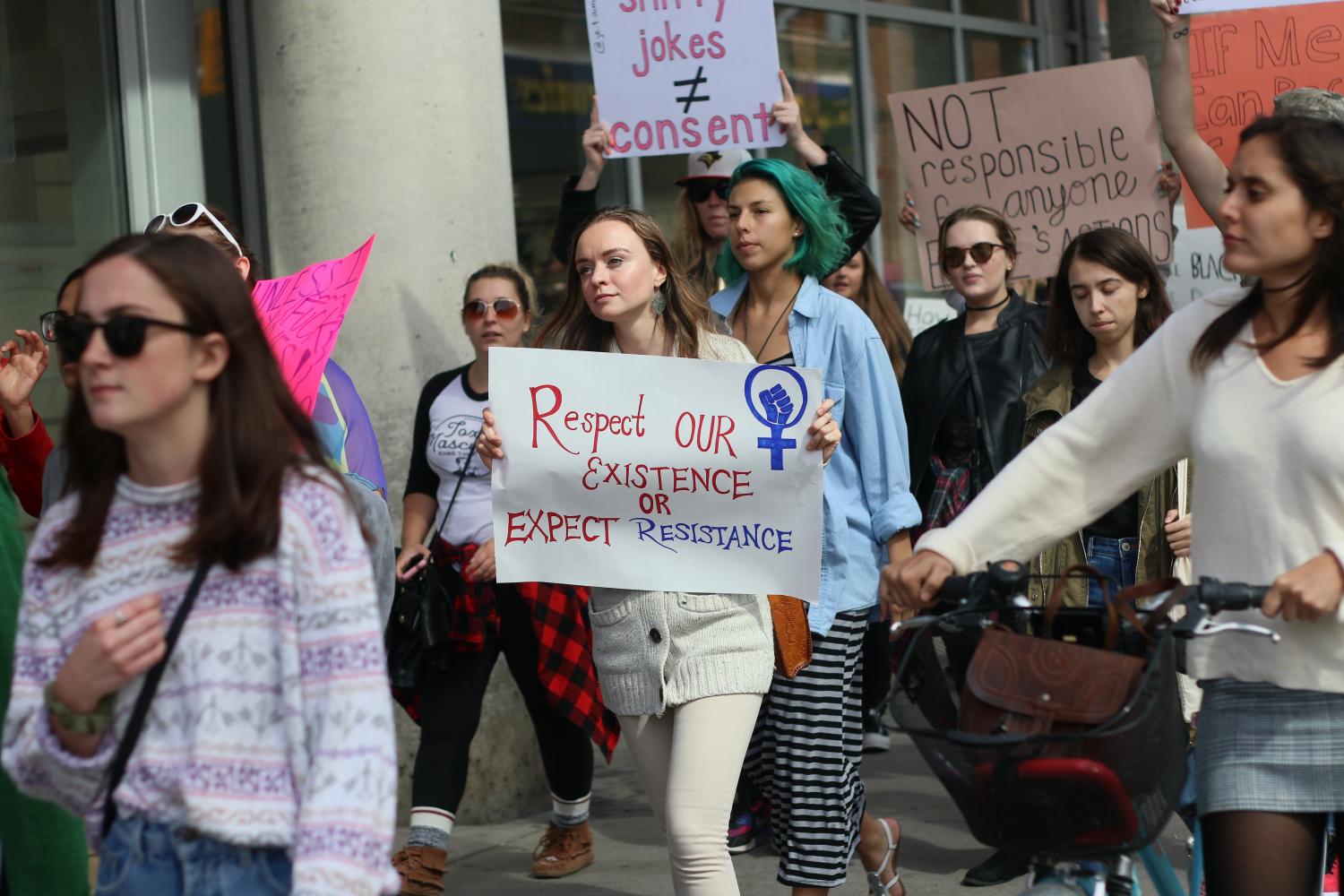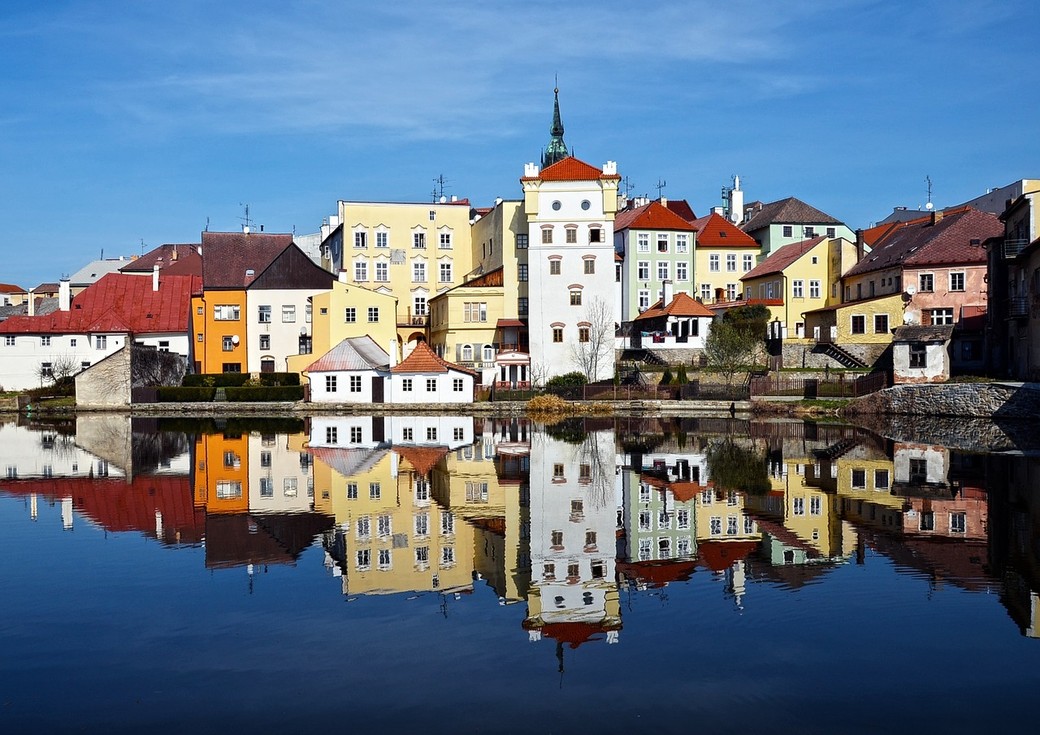
Vietnam’s Anti-Corruption Drive: A Path to Economic Growth
By Julie Nguyen and Luis Silva
A Vietnamese adage goes, “When someone enters government, the whole family prospers.” This prosperity, though, often comes at the expense of others, perpetuating economic disparities and social injustices through favouritism, cronyism, and nepotism. Corruption, deeply ingrained in Vietnam’s history, has hindered its development for centuries.
Throughout Vietnam’s history, under feudalism and colonialism, corruption was always a problem. After gaining independence from French and Japanese occupation in 1945, the new government took measures to address corruption by explicitly naming it as a “foe” that exists within each person that must be eradicated along with two other “foes” – hunger and illiteracy. When the war ended in 1975, it was followed by post-war reconstruction. Vietnam’s renovation policy (đổi mới) in 1986 opened the country to foreign trade and investment, and Vietnam has persistently made greater efforts over time to combat corruption.
In 2016, thirty years after the adoption of đổi mới, Vietnam’s anti-corruption campaign intensified. Led by General Secretary Nguyen Phu Trong, the campaign introduced simple slogans that were easy to understand. His speech at the anti-corruption conference of December 2020 declared the following principle of “no forbidden zones, no exceptions, no matter who, without any pressure by anyone or any organization” emphasizing that each one “can’t,” “don’t dare,” “don’t want to,” and “don’t need to” be corrupt.
In recent years, Vietnam’s battle against corruption has intensified, marked by high-profile cases hitting the headlines. Rather than signalling uncertainty, these cases highlighted the government’s commitment for transparency and accountability. Vietnam’s standing on Transparency International’s Corruption Perceptions Index (CPI) improved by 10 points between 2013 and 2023, ranking 83 out of 180 countries in 2023.
Under the leadership of General Secretary Nguyen Phu Trong, Vietnam has taken significant strides in its anti-corruption efforts since 2016. The “Blazing Furnace” campaign has seen the dismissal of numerous high-ranking officials, including former president Nguyen Xuan Phuc and National Assembly Chairman Vuong Dinh Hue, signalling a commitment to root out corruption at all levels.
Business corruption, particularly in industries like real estate, banking, and healthcare, has also been targeted. Truong My Lan, head of a major real estate company, was sentenced to death for involvement in a $12.5 billion financial fraud case, highlighting the government’s crackdown on illicit practices.
While these anti-corruption measures may have disrupted some projects and supply chains, they’ve contributed to an improved business environment, as reflected in Transparency International’s assessments. Despite potential political motivations behind the crackdowns, the overall impact has been a step towards a more transparent and accountable Vietnam.
The Vietnam Chamber of Commerce and Industry (VCCI), with support from USAID, conducts an annual survey evaluating business ease and governance across 63 provinces and municipalities in Vietnam. Since 2006, the survey reveals a significant drop in informal charges paid by businesses, from 70% to 33% in 2023.
Vietnam’s political landscape is evolving, with potential changes in top leadership at the 2026 National Congress. However, the “Blazing Furnace” campaign aims to enhance transparency and governance, leading to notable improvements in corruption reduction. Over the years, Vietnam has become an attractive destination for foreign investors due to decreased corruption, improved business climate, and enhanced transparency.
The recent punishment of real estate tycoon Truong My Lan signifies Vietnam’s commitment to combatting corruption. Yet, concerns linger about the fairness and transparency of these efforts. Moving forward, Vietnam must address systemic issues and ensure accountability to foster a corruption-free environment and attract more investment.
Despite challenges, Vietnam presents promising investment opportunities. Its stable political environment, strategic location, and growing economy appeal to institutional investors. However, investors must navigate infrastructural inadequacies, regulatory complexities, and corruption risks. Nevertheless, Vietnam’s ongoing reforms and investment-friendly policies instil optimism among investors.
Canadian stakeholders stand to benefit from engaging with Vietnam. Bilateral trade between Canada and Vietnam has soared, surpassing $14 billion Canadian in 2023. As members of the CPTPP, both countries are poised to deepen economic ties further. Canadian businesses should capitalize on Vietnam’s growth trajectory and its strategic position in Canada’s Indo-Pacific Strategy.
Amid geopolitical shifts, Vietnam remains steadfast in its foreign policy, balancing relations with major powers and strengthening ties with ASEAN members. For Canada, deepening engagement with Vietnam aligns with its Indo-Pacific Strategy and offers opportunities for economic cooperation and regional influence.
Julie Nguyen is the Director of the Canada-Vietnam Trade Council
Luis Silva is a Professor of Business at Centennial College.
Header image: Drone view photo of Saigon – Ho Chi Minh City at night (iStock).








